Winter Wildlife in Marin
December 21, 2024
With the creeks finally filling and those golden hills of fall now covered in lush greenery, Marin County’s winter wet season has arrived in earnest, and with it, an abundance of wildlife. Our mild year-round climate makes outdoor exploration in the winter months a great weekend activity, and you’ll often be lucky to find fewer people on the trails to compete with you than during other seasons.
MALT’s patchwork of more than 58,000 acres of protected working land across Marin weaves disparate wildlife corridors and habitats together, preserves creeks and watersheds from development, and protects and stewards healthy ecosystems, helping to support the wide variety of species that call Marin home.
Here are a few of our favorite wild finds that are revitalized by the winter influx of water. You can find them in the Pacific coastal forests and beach areas, along the wetland creek beds and reservoirs, or across the grassland hillsides of Marin.
Spawning Coho Salmon
It’s exciting to see that years of dedicated riparian restoration projects and habitat restoration work has helped return wild Coho salmon populations to Lagunitas Creek in West Marin. These endangered salmon return to creeks to spawn from late November through February and can best be spotted one to three days after it rains.
Samuel P. Taylor State Park has good viewing spots and is one of the few places in Marin County where wild salmon can be seen. There are weekly guided tours available too if you’re looking for a great group activity and a chance to learn more about this species conservation.
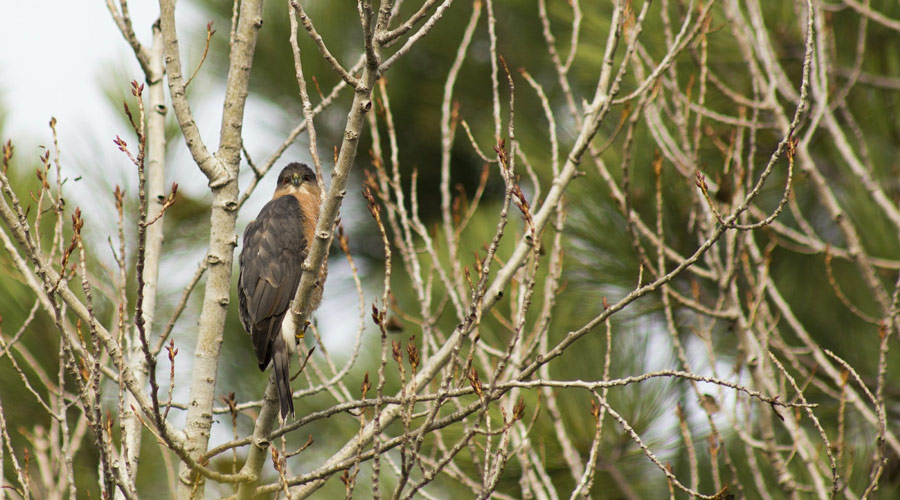
Birds: Western Snowy Plover, Long-Billed Curlews, Hawks, Herons, Owls, and More!
West Marin is home to more than 500 different species of birds, from warblers to eagles, so getting outdoors in the winter makes for prime bird-watching.
Check out the Marin Audubon Society’s checklists and their regularly-scheduled field trips and a speakers series for organized bird watching events. But you don’t need an organized group event to look around and enjoy the avian wildlife that comes to life when water is more abundant.
Many birds, including herons and egrets are regularly spotted along our many lakes and reservoirs, as well as along Tomales Bay, Bolinas Lagoon, and Drakes Estero. Audubon Canyon Ranch along Bolinas Lagoon is a popular nesting spot to see both herons and egrets and there’s a short trail nearby at the County’s preserve.
Western snowy plover and long-billed curlews can be spotted around West Marin coastal beaches while great horned owls and golden eagles can be spied on in coastal forest treetops. Hawk Hill in the Marin Headlands is the prime viewing area for its namesake hawks and The Owl Trail between Slide Ranch and Muir Beach could be the place to spot great horned owls too.
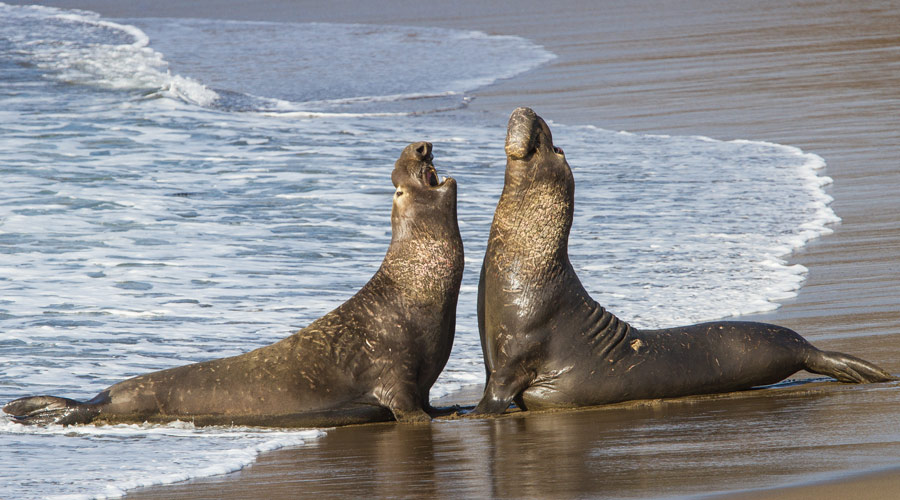
Northern Elephant Seals
If you spend time traversing beaches and coastal overlooks, the winter months are prime season to spot some returning marine mammals – from migrating whales to brooding elephant seals.
A colony of these hulking marine mammals have been returning to Point Reyes National Seashore’s Drakes Beach and Chimney Rock areas each year to deliver their offspring since the 1970s. With a population of roughly 2,500 elephant seals now, you may spot the impressive bulls or the smaller mamas with their new pups nearby. They’re both beauty and beast.
While areas of the beaches will be closed off to foot traffic in order to protect them from being disturbed (and to protect you from them), you can sometimes get a good view of them from the Elephant Seal Overlook at Chimney Rock as you venture toward the lighthouse or from accessible areas of Drakes Beach by the southern edge of the parking lot, when beach access is closed. There are some aptly-named “seal” lookouts marked along the way near the shoreline.
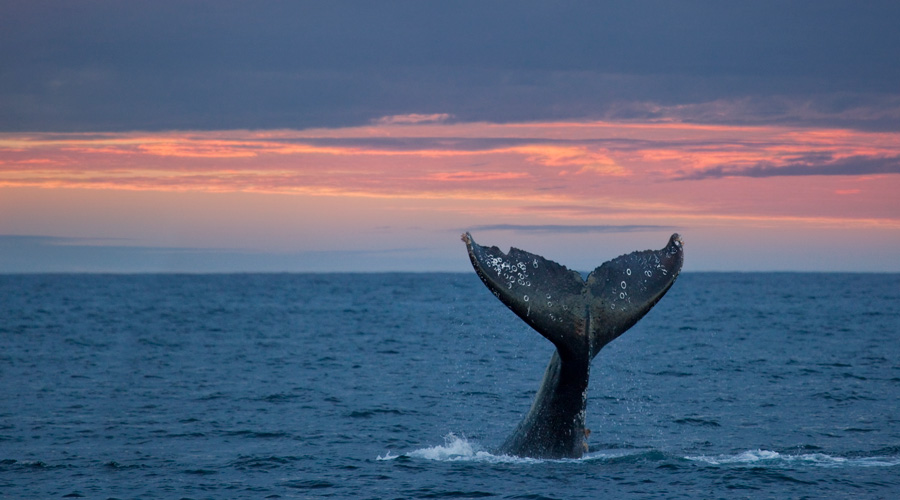
California Gray Whales
An estimated 15,000 gray whales migrate south from Alaska, cruise past Marin’s shores, and head toward Mexico’s Gulf of California each December through mid February. There they give birth before making the return trip north (passing Marin in March and April) to feed in the life-rich waters of the northern latitudes.
You can spot them offshore from various viewing overlooks in the Marin Headlands or Point Reyes National Seashore and also from some of the beaches. The Point Reyes Lighthouse and Chimney Rock lookout areas are two of the most popular spots.
Bring your binoculars!

Tidepool Marine Life
Later this season, Marin will experience its next King Tide event (January 11-13, 2025), where we will experience both the highest and lowest tides of the year. These tide fluctuations are excellent opportunities to trek out into the usually-water-covered tide pools to explore the extraordinary array of marine life that lives in the intertidal area.
Giant green sea anemones, purple sea urchins, tiny crabs, red abalone, and purple and ochre sea stars are just a few of the wiggly sea creatures you may find nestled in the tide pools. Agate Beach near Bolinas is a great area to hop around the tide pools to explore and makes for a great wet and muddy science field trip for any kids in your life.
Be sure to check the tide schedules to confirm the best times to venture out and share photos from your exploration on the California King Tides Project website.
Wear waterproof boots and tread lightly! And remember that collecting marine life, rocks, and shells can harm local ecosystems so bring your camera in a waterproof case to take the memories home with you while leaving the native habitats as they were.
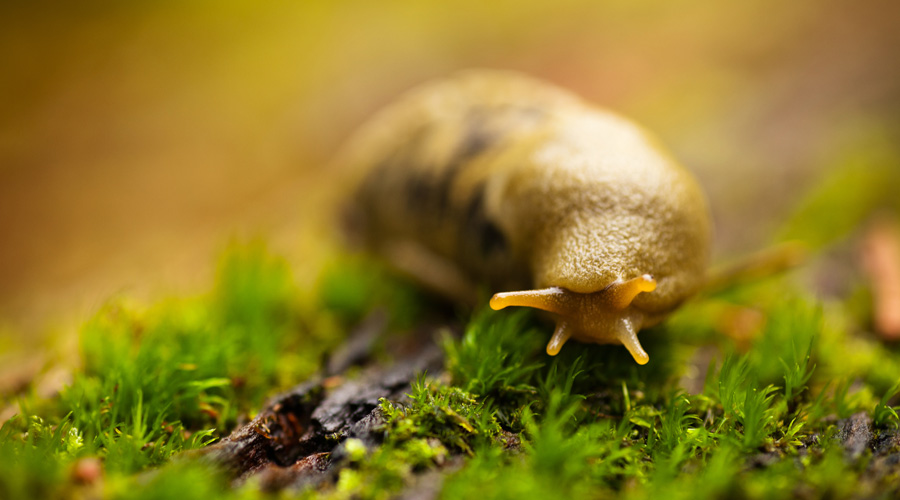
Banana Slugs
Most banana slugs live along the Pacific Coast “coniferous rainforest belt” of North America, from Alaska to Santa Cruz (where redwood forests and Douglas fir forests thrive). This makes forest areas within a few miles of the Pacific coast, like many in West Marin, prime habitat for these hermaphroditic decomposers.
They process leaves, animal droppings, moss, mushrooms, and recycle them into soil humus. They are a vital part of decomposition and nutrient cycles, making them an important player of a healthy forest ecosystem. Watch your step!
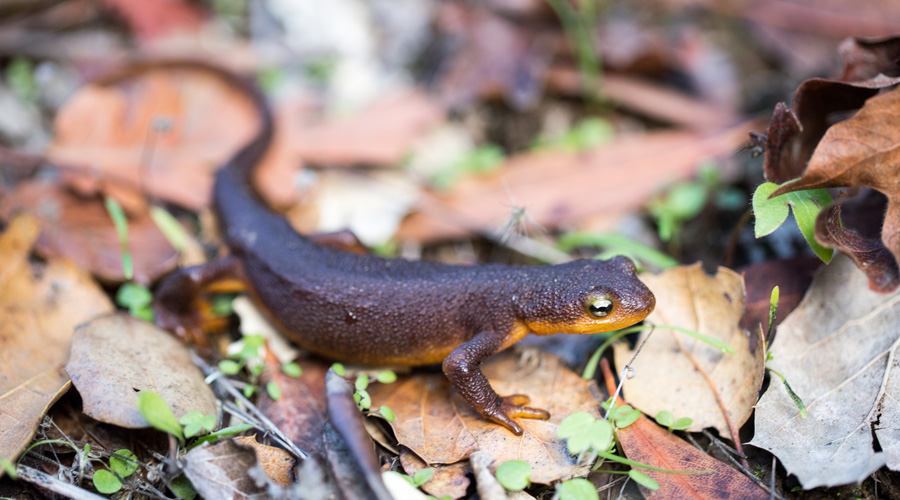
Newts, Salamanders, and Frogs
Each winter, newts migrate from the Chileno Valley hills to Laguna Lake as well as in coastal forest hills, where they breed. A handful of salamander and frog species also make their way out into the open once the rains arrive and head to the creeks, lakes, reservoirs, and moist forest floors where they mate and breed.
A small group of citizen scientists—the Chileno Valley Newt Brigade—has organized to document part of our local newt population, scouring Chileno Valley Road on the wettest of nights of the year in search of newts crossing the road. Hear their story and learn more about how you too can help protected this critical member of Marin’s biodiversity.
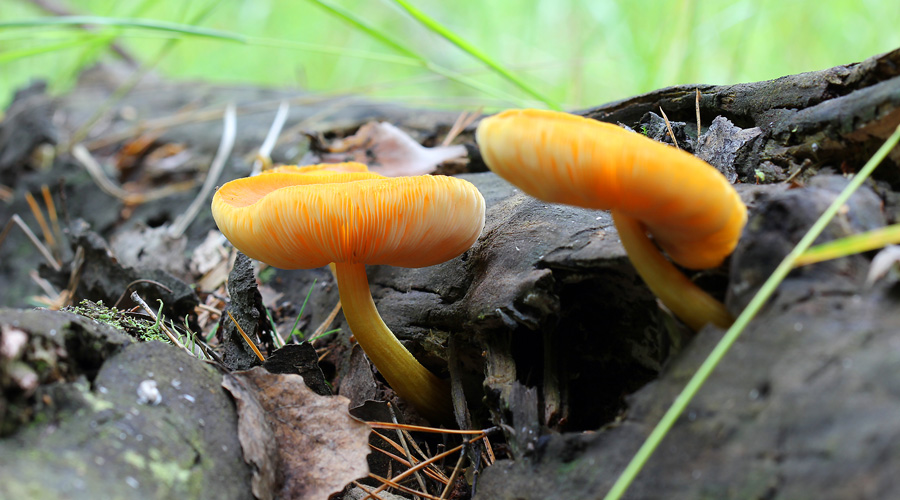
Fungi
Okay, while fungi aren’t technically “wildlife” they are an intricate part of our ecosystems that explode across our Pacific Coast forest floors during the winter months. Not only do they make up essential diets for myriad wildlife, they also sprout in such abundance that many human foragers take advantage of hunting for them this time of year.
Marin has a Myocological Society, where you can learn about all the fungi unique to the area, where to safely forage, and which mushrooms to avoid. General rule of thumb for foragers; when in doubt, don’t eat it!
Tips Before Venturing Out
• As always, when viewing wildlife, observe with caution and keep a safe distance for both your safety and theirs.
• Bring binoculars or a camera so you can view them without disturbing their habitat.
• You can do your part to leave no trace by hauling out all items that came in with you and leaving behind the rocks, shells, and other parts of the natural habitat you explored along the way (and picking up any litter you see, whether you created it or not!).
• Dress appropriately for the weather with a hat, sunscreen, boots, or other outerwear.
• Carry water and snacks.
• Always check weather advisories, trail closures, or for park hazards before venturing out.
• Stay safe and enjoy the bounty of Marin’s wildlife during our winter season.